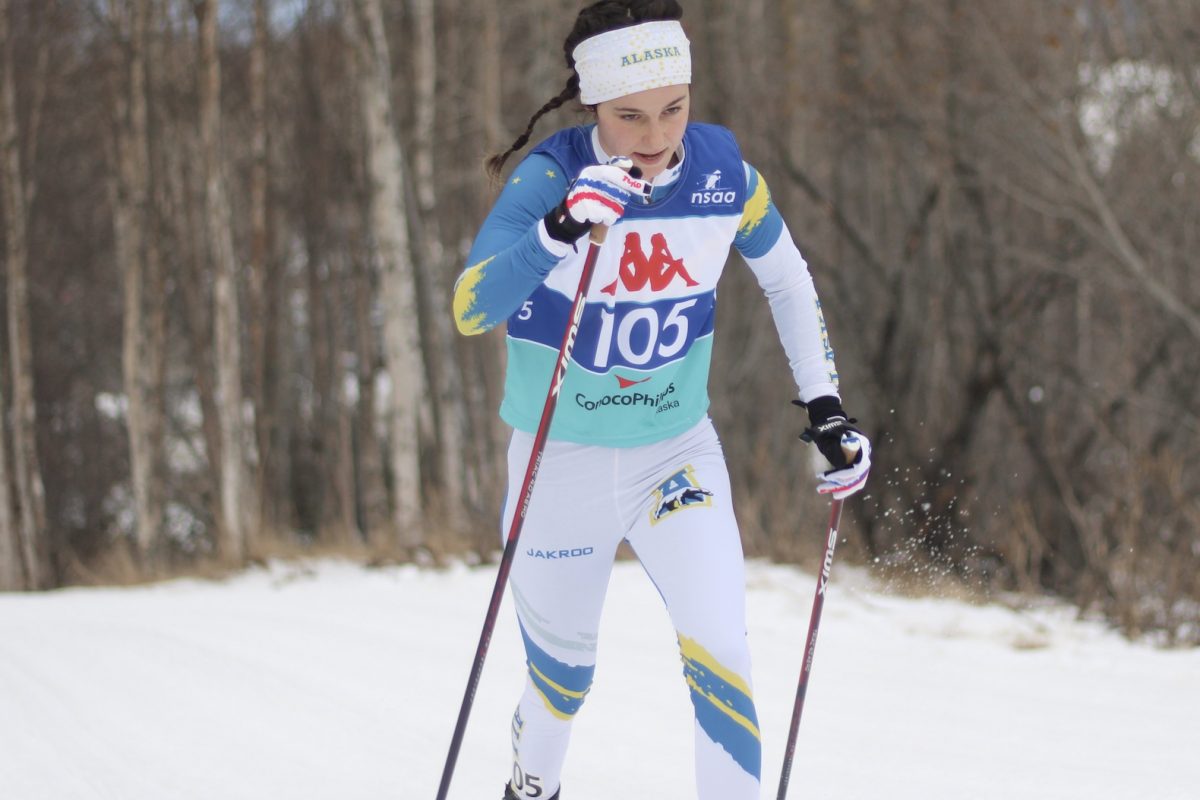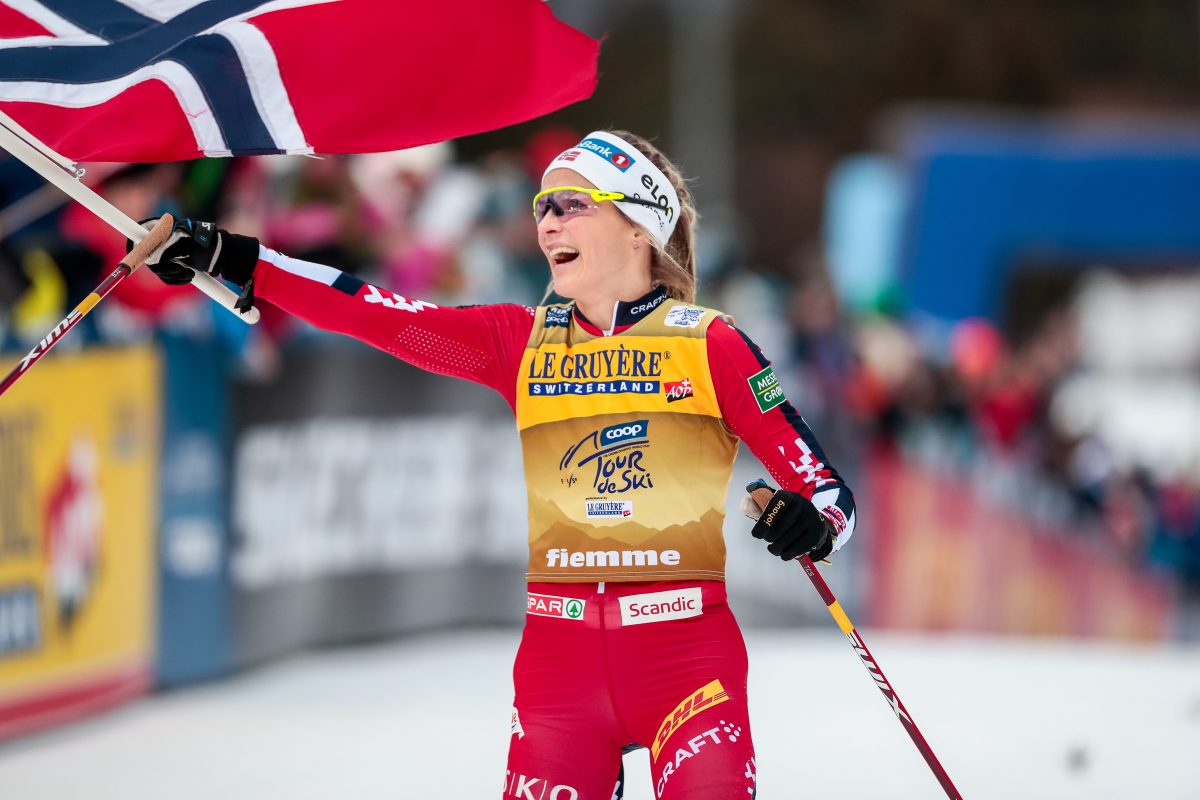Ski flex can be as simple or as complicated as you wish to make it — as simple as finding a ski to fit you, or as complicated as finding a fast ski.
Several years ago, I met a Finnish ski technician named Harri Altonen. Harri introduced me to the concept of measuring the pressure areas, or contact zones, with the snow to figure out if and when a pair of skis will be fast. Since that day I've become obsessed with finding fast skis — flexing every pair of skis I could get my hands on, and going as far as the Atomic factory in Austria to flex more skis. That was like a dream come true. Hundreds of skis all to myself. After a couple of years of flexing and testing skis, I think I am ready to say that there is a measurable flex difference between fast and slow skis.
When a ski glides on snow it has to deal with resistance from friction (dry snow) or suction (wet snow) as obstacles to speed. Gravity can be a real hassle as well. Friction and suction are always present. The issue is finding a ski that minimizes one or the other to match the conditions.
Have you ever skied on really cold snow — so cold that your skis crunch? That's friction. Your skis are not melting enough snow, and they crunch because they are gliding on snow as opposed to a thin layer of water. It’s like rubbing a ski against styrofoam. Friction is dependent on the coefficient of friction from snow (wax decreases the coefficient of friction) and the normal force, which is basically your weight. F=uN. Remember the “friction is fun formula” from physics class? I bet a lot of people would disagree with that statement. Personally I don't think friction is fun at all when your skis are slow. Notice that friction does not depend on surface area. The same amount of friction spread over a larger area means less friction per square inch and therefore faster glide in dry snow. Longer contact zones are faster in dry snow.
In wet snow, suction is the big problem. Ever come out of the shade, hit a sunny spot, and nearly fall forward because your skis almost stop? That's suction. Suction does depend on surface area. Suction is caused by a thick layer of water acting as glue.
In warm temperatures, you need to rill your skis to break up the suction. Decrease the surface area and you decrease the suction. Friction increases, but suction is the far bigger problem in wet snow. Shorter contact zones are faster in wet snow.
So the theory is pretty simple. Long contact zones fight friction and short contact zones fight suction.
I should point out that wax and stone-grinding certainly affect glide as well, but those are factors you can change. Compressing a pair of skis and leaving them in the sauna does not always produce the best results.
The problem with flex is figuring out how short is short, how long is long, and how to measure it? Well, precision is very important. When you compress a pair of skate skis at half body weight (glide) and full body weight (push) the pressure areas or contact zones are different among skis with similar weight ranges. Stiffer skis tend to have shorter pressure areas and softer skis tend to have longer pressure areas — though this is by no means set in stone. My dream is to find a stiff, and therefore responsive ski for cold snow, and a soft ski that floats well for wet snow. Notice that I haven't talked about stiff skis for hard track and soft skis for powder. The reason is that while such considerations are important for the feel of a ski, which is related to speed, I think that pressure areas have a more direct correlation to speed.
Compress a pair of skate skis at 7-8cm behind the balance point. That is approximately where the ball of the foot will be. Compress to half body weight and slide a piece of paper from the middle out and from the tip and tail in. Mark those spots. Then compress to full body weight and mark those spots. You should have marked four contact zones of different lengths (use X's for half weight and O's for full weight if you like). Two contact zones for half body weight, one in front and one behind the balance point, and two contact zones for full body weight, one in front and one behind the balance point. If you are bored, for further precision you could compress a pair of skis to 30, 60, and 90 kilograms to see how the contact zones react.
In general when measuring from the middle out to the tip and tail, it is very easy to find the right place for the paper to stop. These are the important marks for fit. But from the tip and tail in, it is much harder and these are the contact zone marks. It would be very easy to make any ski look like a wet snow ski by sliding the piece of paper further in, or a cold ski by not sliding the piece of paper in far enough. Precision is key.
Another issue is that at half weight, the pressure areas can be much shorter than at full weight. They can also be much shorter in front of the ski than behind the heel. This is where you have to develop your skill in identifying what is short and what is long and where it is most important. I think some level of consistency between half and full body weight is important. A good ski should not look much different at half weight than it does at full weight. This can happen sometimes, and what you end up with is a wet snow ski at half weight and a cold snow ski at full weight. If the difference is big, this ski could be good for a much heavier or a much lighter person but likely I would choose a different ski.
I once had a pair of skate skis that were labeled warm. At half weight they looked warm and at full weight they looked cold but if you have a heavier person on those skis (like me — remember I said gravity can be a hassle? I meant that in more ways than one…) then all of a sudden the half and full weights look cold. And wouldn't you know it, they were great cold skis.
Another important thing to keep in mind is that approximately two thirds of your weight is behind the foot and one third is in front of the foot when you ski. Therefore I believe that the pressure areas behind the foot are twice as important. This can be annoying because the pressure areas back there can be really long. My advice is to strive for consistency between half and full weight and measure more than once to be sure of your marks. With practice you will develop a standard of what is short and what is long for each of the contact zones.
Next time I will write about classic flex. As a preview, classic flex should theoretically be easier to figure out because you only have half weight to deal with. At full weight, the ski should be fully compressed to get good kick. However, the acceptable margin of error on classic skis is tiny compared to skate skis because of the importance of good kick. I believe the softest ski that does not drag is best. The thickness of klister makes that difficult, but feeler gages with different thicknesses of metal can provide hours and hours of entertainment and precise measurements. And finally, I think that stronger skiers should not have stiffer skis. Good kick is most important.
In conclusion, be precise, look for consistency between half and full body weight, and if you are uncertain, measure again and pick the best pair. Flex can be as complicated as you want it to be. Or you can just grab a pair and hit the trails. If you want to talk about flex, write me at nikolai248@yahoo.com or visit me at the Ski Hut.



